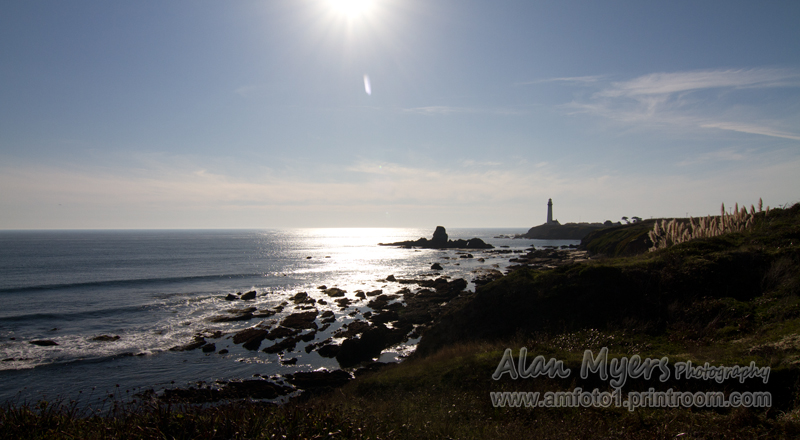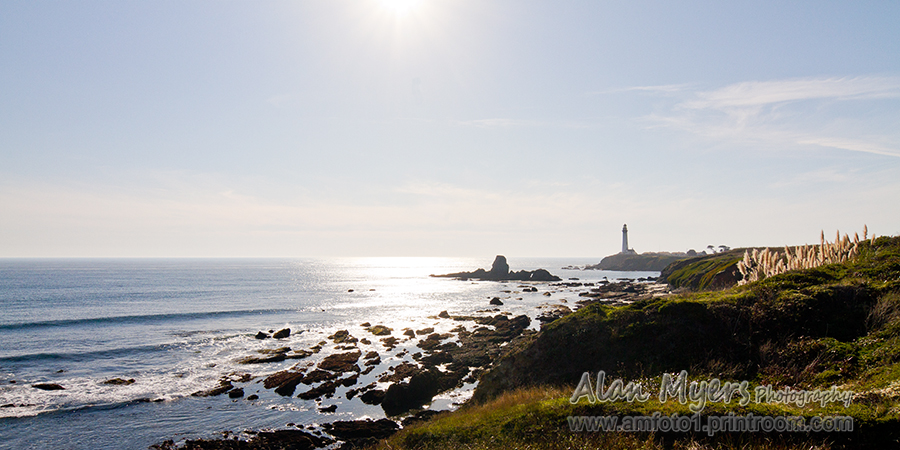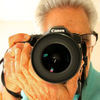lens flair even while using a lens hood
Oct 23, 2021 12:03:10 #
Sidwalkastronomy wrote:
I take a lot of sunset photos from that spot to document the sun's movement throughout the year and only get it once In a while so I was wondering why only sometimes. Thanks for reference
Reflections bouncing from numerous curved lens surfaces will naturally be quite “twitchy” in response to very small movements of the camera. They appear and disappear in response to very slight reframing of the shot.
If you do sunsets all the time and verrry seldom encounter flare then you have a very good lens, flarewise.
Sometimes changing apertures helps. Smaller sometimes eliminates it. Larger sometimes spreads and softens it so it’s less obvious or unnoticeable. Observe effects of aperture changes in Live View.
Oct 23, 2021 12:24:16 #
fetzler
Loc: North West PA
This flare has nothing to do with a hood. You are shooting directly into the sun. The flare is characteristic to the design of your lens. A different quality lens may behave better in this difficult situation.
Oct 23, 2021 12:26:22 #
fetzler
Loc: North West PA
E.L.. Shapiro wrote:
This reminded me of the astrophysicist who stood u... (show quote)
excellent advice
Oct 23, 2021 13:17:37 #
Oct 23, 2021 13:21:05 #
Orphoto wrote:
Lens hoods only work at blocking light from the side, top or bottom. Fairly basic.



If the sun shines directly on the front lens, expect flare. The purpose of the hood is to shade the front lens. If you can see the sun in the viewer, expect flare.
Oct 23, 2021 13:26:02 #
Sidwalkastronomy wrote:
I was out taking sunset photos at the Manasquan In... (show quote)
I assume you’re referring to the red spot. It’s located in same position in both images. Is it possible we’re seeing a reflection causes by a spot or spec on the lens, filter or sensor? I’m not an expert but the same placement in both images makes me wonder if it’s coincidence or causation wth a simpler explanation??
Oct 23, 2021 13:34:58 #
clickety wrote:
I assume you’re referring to the red spot. It’s located in same position in both images. Is it possible we’re seeing a reflection causes by a spot or spec on the lens, filter or sensor? I’m not an expert but the same placement in both images makes me wonder if it’s coincidence or causation wth a simpler explanation??
Nope, it's flare, not caused by a spot or spec, and it moves relative to the position of the sun, which is in a slightly different location in the two original pictures, providing they were not cropped.
Oct 23, 2021 14:11:58 #
JohnSwanda wrote:
I don't believe a lens hood will prevent flair when shooting directly at the sun.
My thoughts exactly!
Oct 23, 2021 14:57:32 #
It looks like you were shooting directly into the sun. I don't think there is a lens hood to prevent the flare.
Oct 23, 2021 16:27:49 #
Sidwalkastronomy wrote:
I was out taking sunset photos at the Manasquan In... (show quote)
I realize you are inquiring about lens hoods but you can frequently remove lens flair quite easily in LR.
Oct 23, 2021 17:10:12 #
Oct 23, 2021 18:48:02 #
Longshadow wrote:
The azimuth change from summer to winter solstice to is really astounding!
It's about a 63° change where I live.

The azimuth change from summer to winter solstice to is really astounding!
It's about a 63° change where I live.
Here the sun always sets on the horizon.
Oct 23, 2021 18:49:14 #
User ID wrote:
Here the sun always sets on the horizon.
Wow, I thought it was behind the horizon.

Oct 23, 2021 19:22:16 #
Longshadow wrote:
Nope, it's flare, not caused by a spot or spec, and it moves relative to the position of the sun, which is in a slightly different location in the two original pictures, providing they were not cropped.
Thank you, admittedly I didn’t spend that much time on my analysis and defer to yours.
Oct 24, 2021 01:27:05 #
amfoto1
Loc: San Jose, Calif. USA
Sidwalkastronomy wrote:
I was out taking sunset photos at the Manasquan In... (show quote)
Stop and think about if for a moment....
There is absolutely no way ANY hood can help avoid flare from a strong light source directly within the image area!
Keep using the hood you've got. It will help in many other situations and also helps protect the lens from bumps.
Tulip shaped hoods are standard with a lot of lenses now, especially zooms like yours. When holding the camera in horizontal/landscape orientation (as your images were shot), the longer parts of your hood should be at the top (12 o'clock) and bottom (6 o'clock) positions. The shorter "arms" should be at the left (9 o'clock) and right {3 o'clock) positions. Bayonet fitted hoods like yours are designed to make it difficult to fit them any other way on purpose. If fitted wrong, they will intrude upon the images by covering part of the lens' angle of view.
Flare is difficult to avoid in shots like yours, with the sun within the image area. Actually there's not a lot of flare in your images and it would be pretty easy to retouch with Photoshop or similar image editing software.
One thing that might help is when shooting with the sun (or other strong light source) right in the image, be sure to remove any filters from the lens. The additional one or more layers of glass will increase flare. It's worse with multi-layer filters like polarizers and variable neutral density. Those especially need to be removed.
Some lenses are more prone to flare than others. Your lens really isn't flaring badly at all for a zoom. Zooms with a lot more elements and groups inside tend to be more susceptible to flare than simpler prime lenses. But that's not a hard and fast rule.
Also be sure your lens is clean front and back. Dust or finger oils or anything else on the surface can amplify flare effects. Check that your camera's sensor is clean, too.
Sometimes just moving slightly right or left can change change flare a lot. Also try larger and smaller lens apertures. Really small apertures in some lenses will create "sun stars". But not all lenses are good at that.
Here are a couple images taken seconds apart where I simply moved slightly to one side to radically change the amount of flare that was occurring in the images (which I could see in the viewfinder):


Below are two more shots where I was testing a lens without it's hood and with it. The hood for this particular lens is quite large and the lens is very good handling flare, so I hoped to be able to carry the lens and use it without the hood. But after doing a few tests and seeing the results like those below I decided to bite the bullet, carry the hood and use it!


Finally, here is a test shot I did where I deliberately fitted a B+W circular polarizer to a lens and shot directly into the sun. It actually did better than I expected, but there was overall "veiling flare" that reduced contrast and desaturated the colors, as well as some "ghost flare" artifacts scattered around the image (but hard to see with Internet sizes and resolutions). I was able to adjust the image and retouch away the artifacts in Photoshop. The results are shown below. I could have saved myself having to do that Photoshop work simply by not fitting the filter at all (especially since a polarizer has no polarizing effect when it's pointed directly at the light source like this).


Here's the end result after fixing the problems in Photoshop:

If you want to reply, then register here. Registration is free and your account is created instantly, so you can post right away.





